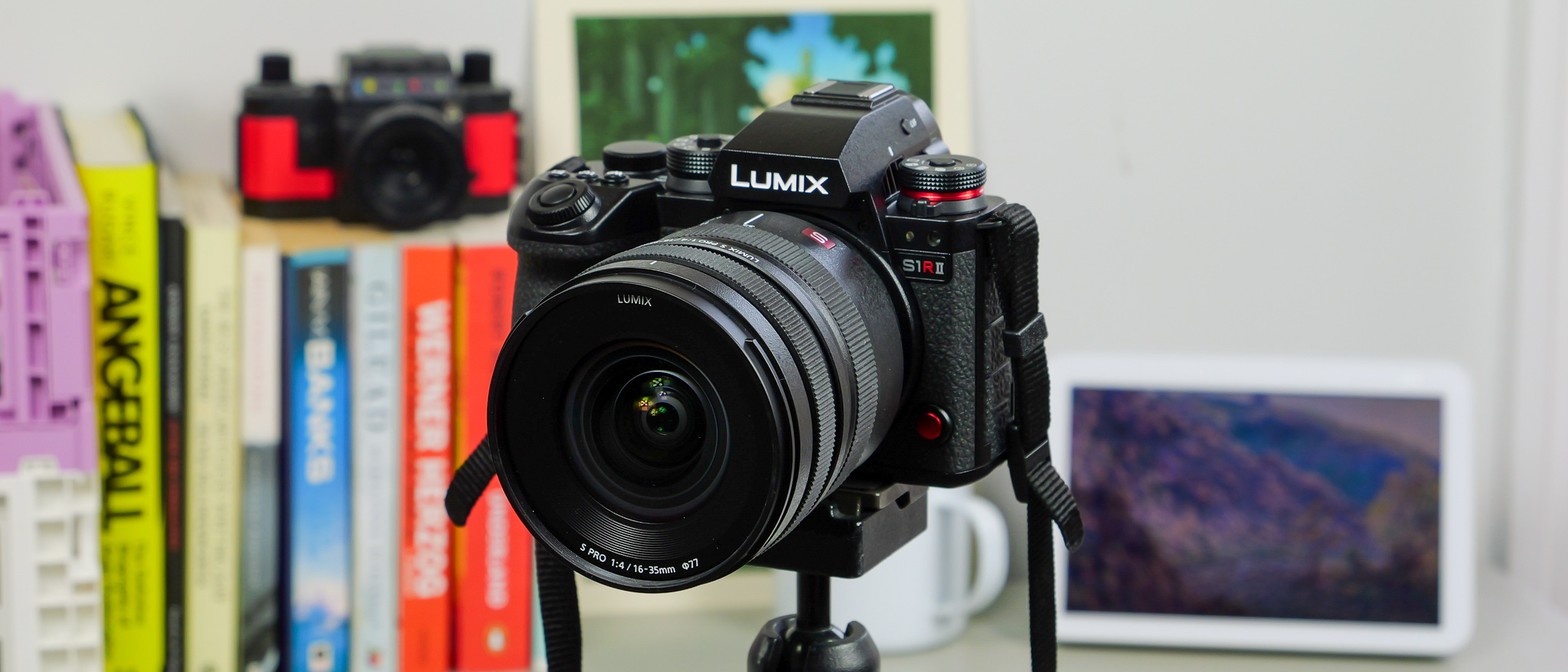TechRadar Verdict
Panasonic has rung the changes on this second edition of its full-frame flagship. The Lumix S1R II improves upon the original S1R in every key area, battery life excepted. For me, the most significant developments are the new phase hybrid autofocus setup and the lower weight, which both serve to make this a more user-friendly camera, but there are smaller upgrades elsewhere too. It’s not a cheap investment, but its formidable capabilities with both video and photo make it a versatile investment for multidisciplinary creators.
Pros
- +
Smaller and lighter than its predecessor
- +
Much improved autofocus system
- +
Superb image quality
- +
Effective image stabilization
Cons
- -
Some features require a CFexpress Type B card
- -
No top plate LCD panel
Why you can trust TechRadar
Panasonic Lumix S1R II: two-minute review
The Panasonic Lumix S1R II is the new flagship model for Panasonic’s Lumix S series of full-frame mirrorless cameras, replacing the original, 2019-released S1R.
Built first and foremost for capturing massive amounts of detail (the ‘R’ in its name presumably referring to ‘resolution’), the S1R II features a new full-frame 44.3MP CMOS sensor and can record 8K video at up to 30fps, not to mention 4K video at 120fps – a significant video resolution and frame rate improvement over its predecessor.
Panasonic trumpets meaningful advances in other areas too, most notably autofocus, continuous shooting speed and image stabilization, all while reducing the overall size and weight of the camera body in comparison to the Lumix S1R.
Having used the Lumix S1R II for over a week in a wide variety of photo and video shooting scenarios, I’m mightily impressed by what Panasonic has achieved here. The S1R II is surprisingly compact and lightweight for a full-frame flagship camera, immediately solving one of the S1R's biggest flaws.
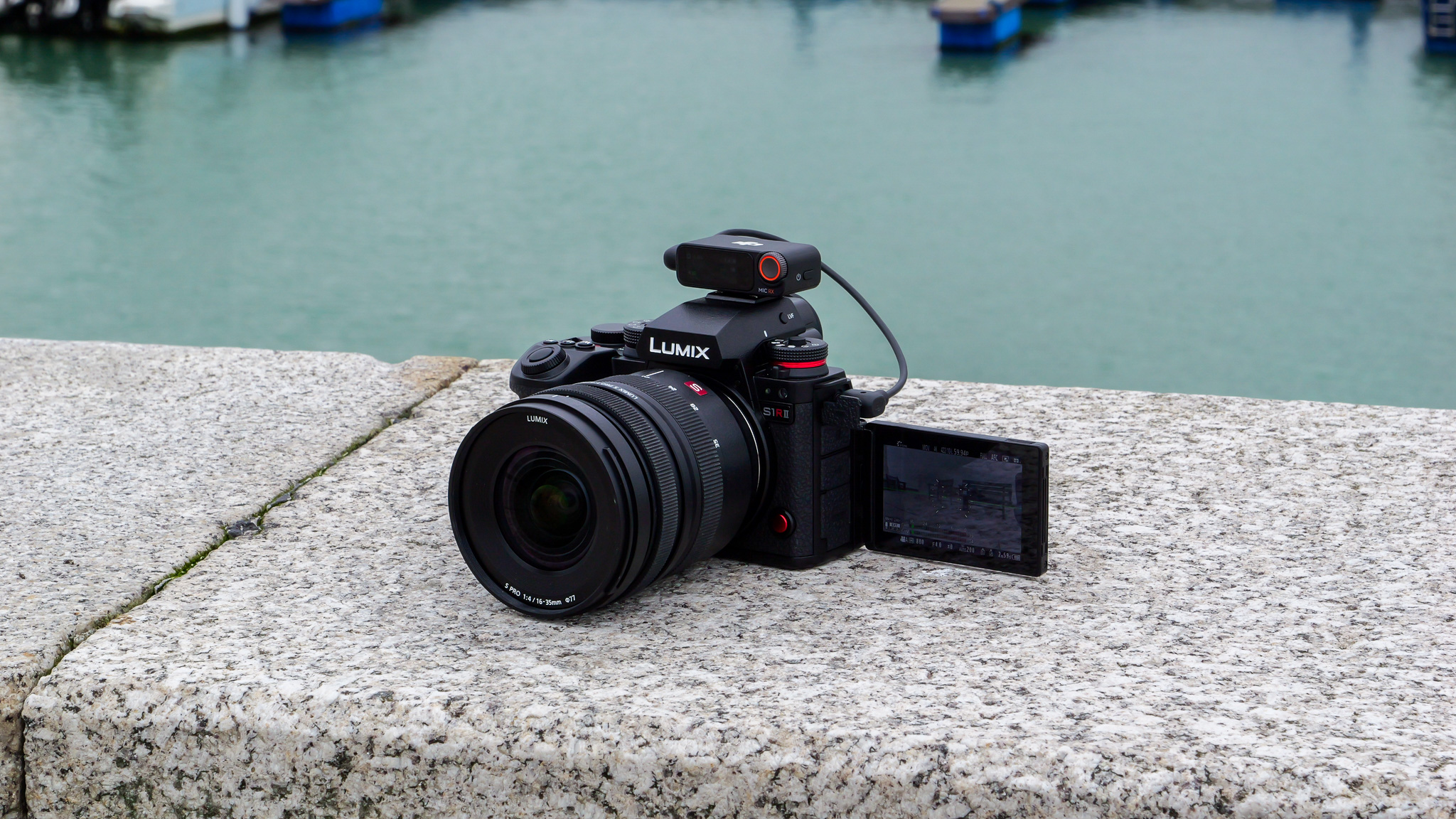
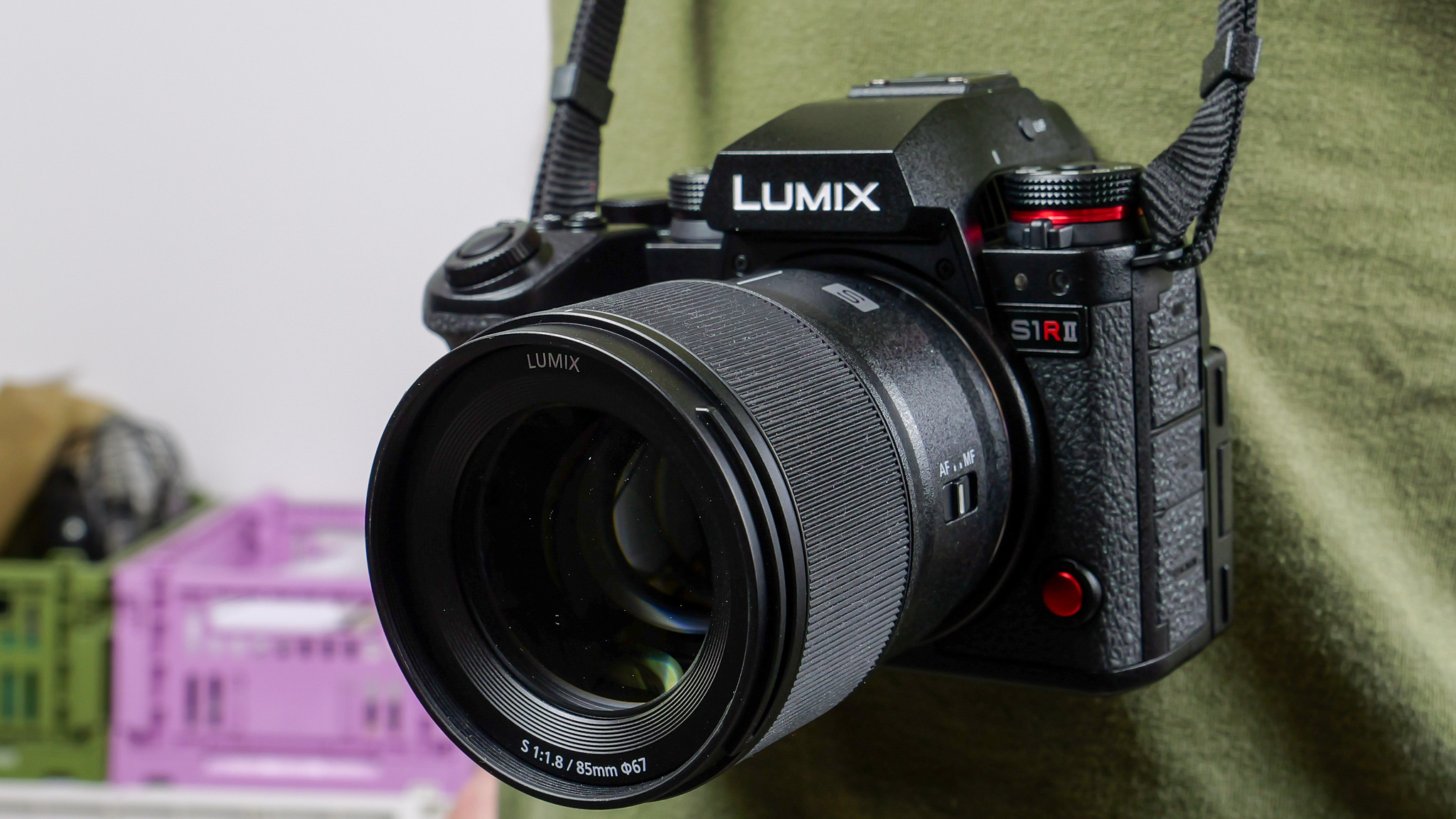
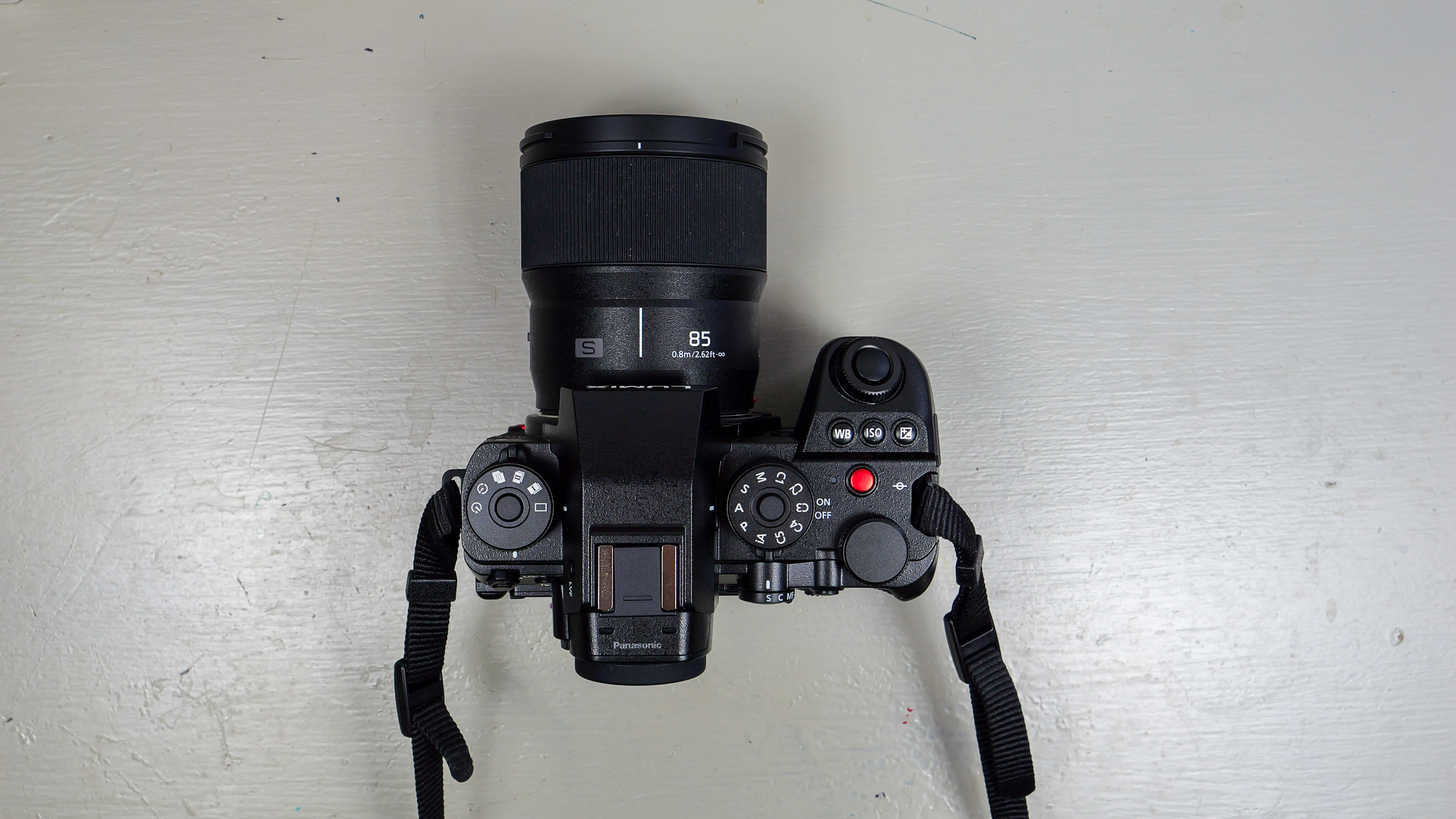
The S1R II isn't perfect. Its battery life isn't the most impressive, and some of its more demanding hi-res video modes can cause the body to gradually overheat and require a shutdown and cooling-off period. It also requires that you own a pricy CFexpress Type B card to use some of its features.
None of these issues is a deal-breaker for me, though, especially when taking the camera's capabilities and strengths into account. There's the portability, which I've mentioned, but also much-improved autofocus talents in comparison to the S1R, thanks to the implementation of a fast, accurate phase hybrid system to replace the rather slow and spotty contrast detection system on the old camera.
Image stabilization is also more effective here, stills shooting speeds are higher (especially the new 40fps electronic shutter option) and there are far more resolution, bitrate and frame rate options for video shooters than on the S1R – including Apple ProRes HQ internal recording and the aforementioned 8K resolution.
The Panasonic Lumix S1R II feels like a big leap over its predecessor and just a brilliantly flexible all-rounder. Yes, it's expensive, but I can't think of many full-frame cameras I'd rather pick if I needed a device that can do it all.
Panasonic Lumix S1R II: price and release date
- Lumix S1R II body only: $3,299 / £2,999 / AU$5,499
- UK-only Lumix S1R II with 24-105mm lens bundle: £3,799
- On sale March 2025
The Panasonic Lumix S1R II will be available from March 2025 priced at $3,299 / £2,999 / AU$5,499 body only. In the UK, it'll also be available in a kit with a 24-105mm f/4 standard zoom lens for £3,799. These prices aren't too different to what you'd have paid for the original Lumix S1R cost upon its launch in 2019, so it's hard to have too many complaints about the cost. Inflation hasn't had too much of an effect here.
Panasonic is also launching a battery grip accessory, the DMW-BG2, alongside the camera. This will be available from March 2025 also, priced at $349 / £299.
- Price score: 4.5/5
specs
Sensor: | Full-frame, 44.3MP BSI CMOS |
Video: | Open gate, 8K 30p / 5.9K 60p / 4K 120p |
Cont. shooting | 10fps (mechanical), 40fps (electronic) |
Viewfinder: | OLED, 5.76m-dot, 120/60fps |
LCD: | 3-inch vari-angle, 1.84m-dot |
Battery: | 350 shots (standard) 1100 shots (eco) |
Weight: | 28.04oz / 795g |
Dimensions: | 134.3 x 102.3 x 91.8mm |
Panasonic Lumix S1R II: design and handling
- Relatively compact and just 795g
- Large, detailed OLED viewfinder
- Front and rear tally lamps
The original Lumix S1R was a large, bulky camera, often annoying so – but I don’t feel the same way about the S1R II. It’s so much easier to live with, weighing only 795g including a battery and SD card. That’s over 200g lighter than the S1R, despite retaining its premium metal body and weather sealing.
Thanks to this lighter, more compact body, it feels much more like a camera you could take out with you on a daily basis, rather than one you’d reserve for special occasions. That does depend somewhat on the lens you choose, of course: the 16-35mm f/4 zoom Panasonic loaned to me for the purposes of review is a really chunky and weighty piece of glass, and makes the S1R II feel quite bulky, whereas the 85mm f/1.8 prime the company also lent me makes for a much more manageable, agile setup.
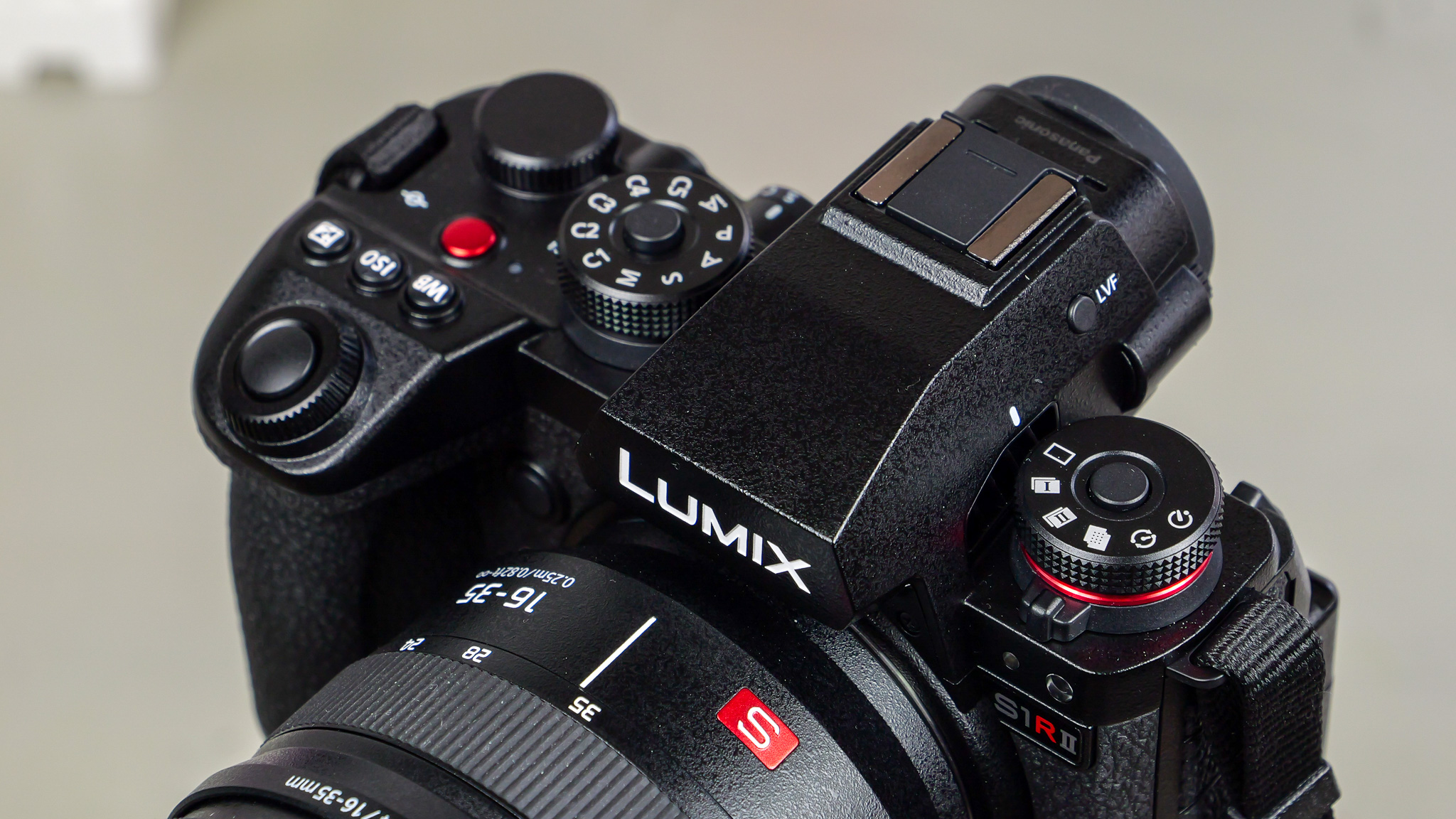
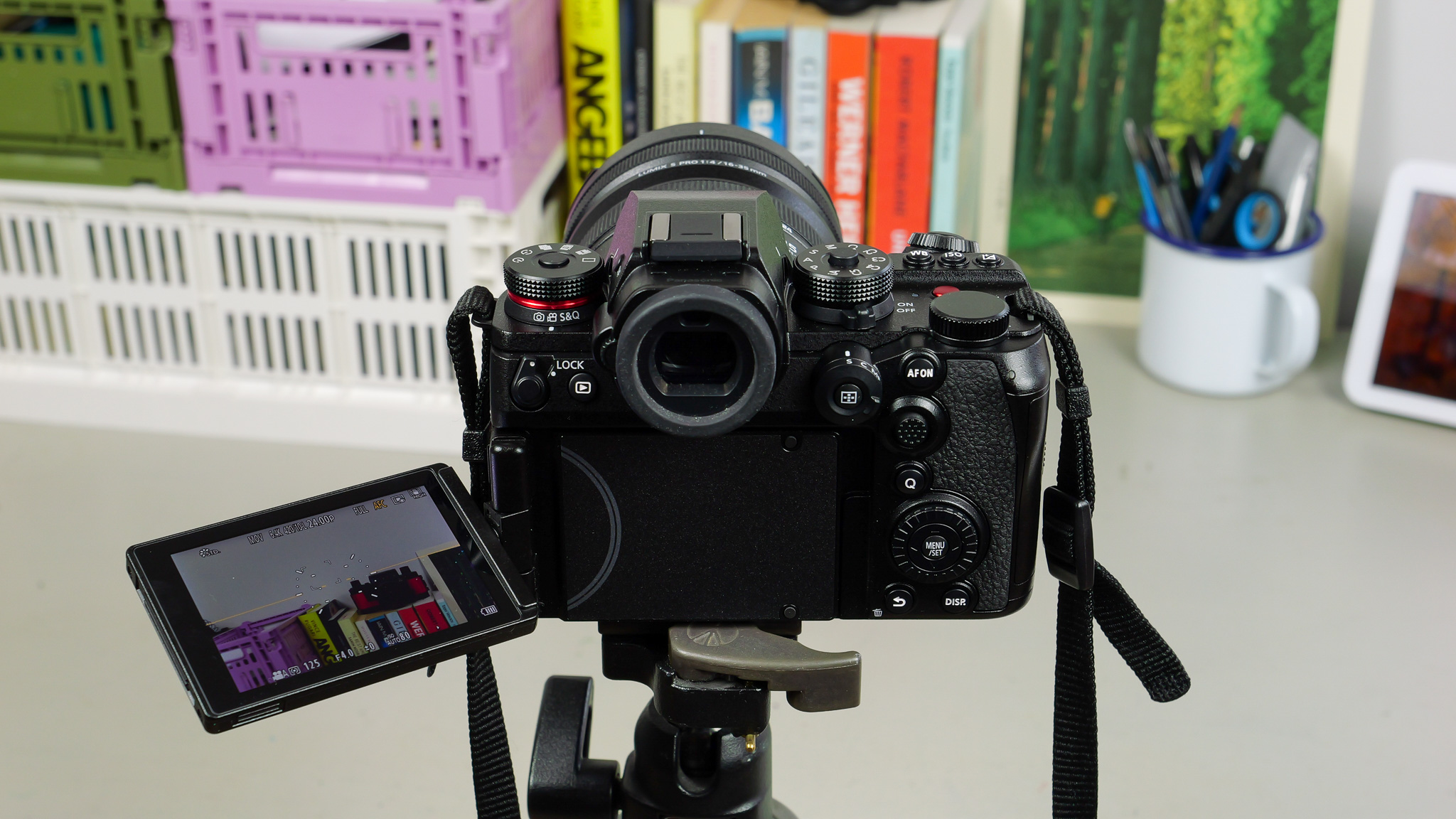
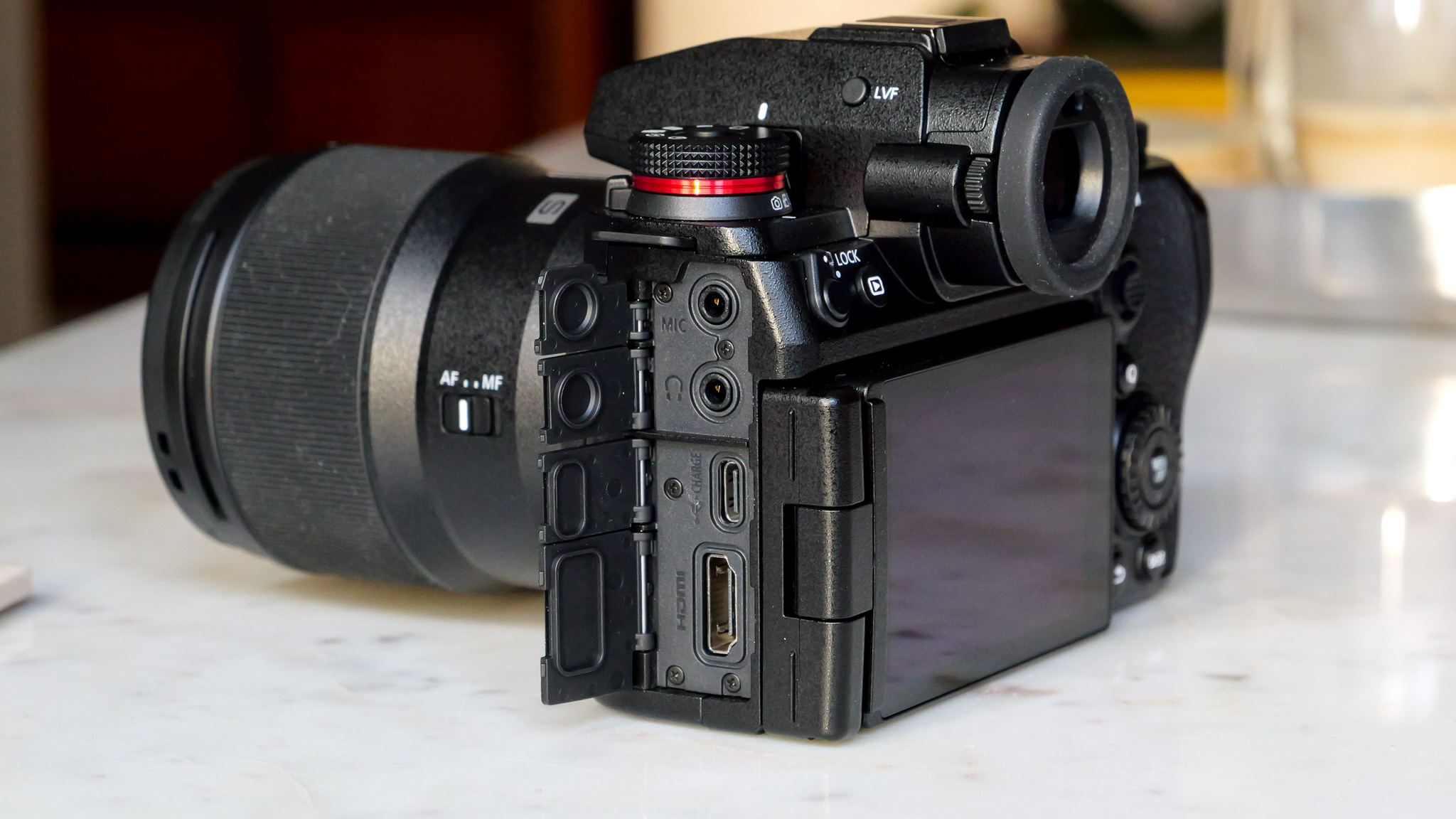
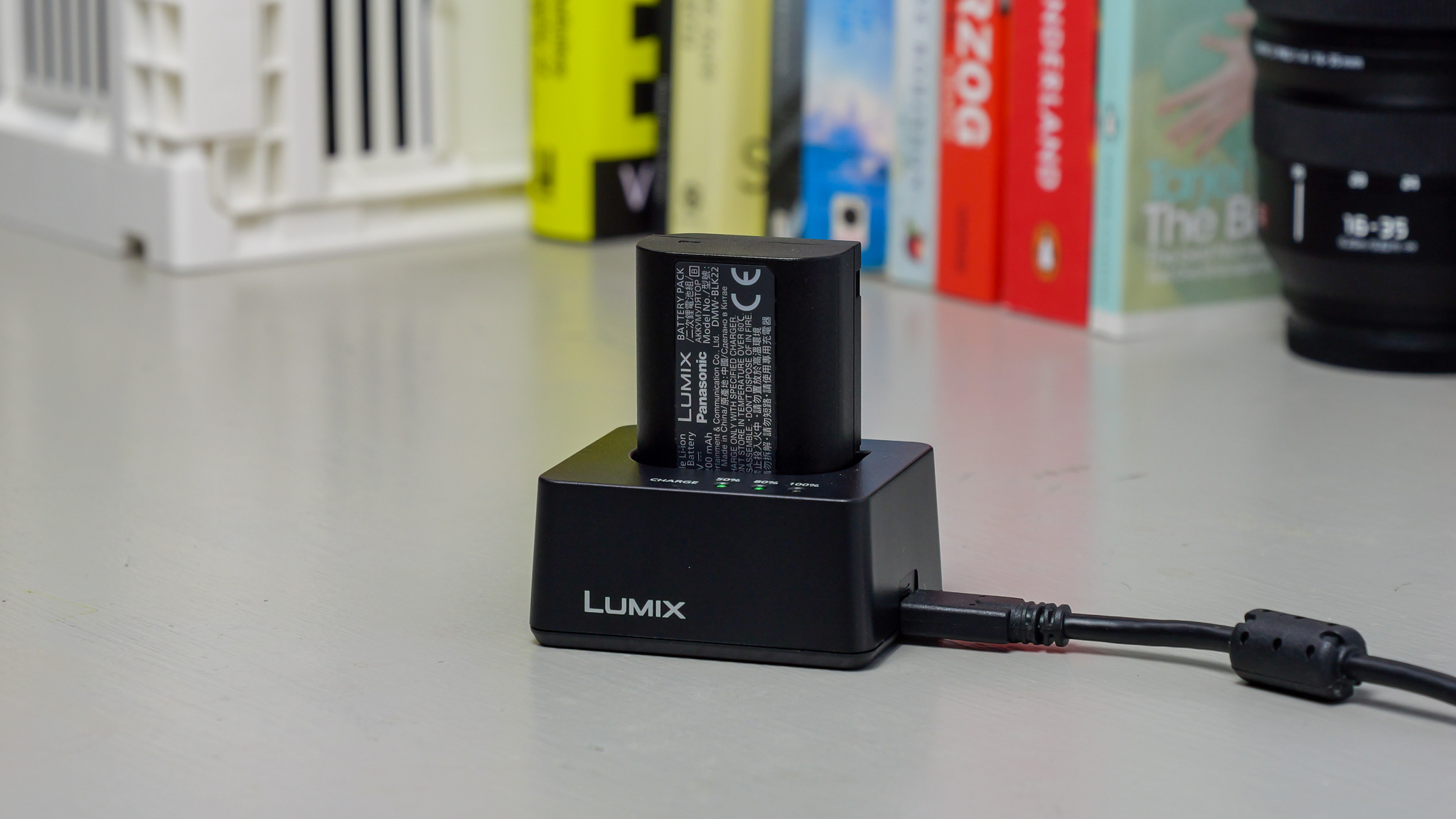
The S1R II’s classic DSLR-style shape is a joy to handle. There’s a large grip to wrap one’s right hand around, and with the camera’s relatively low weight this meant I could even use it one-handed at times. Build quality feels solid and premium, although I was a little disappointed to note that Panasonic has eschewed metal lug rings for attaching the neck strap. The fixed rings used here feel a little cheap for a flagship camera.
The camera’s physical controls are all nicely placed; my day-to-day camera is a Panasonic Lumix GH6 II, so the S1R II’s similar control setup felt immediately familiar. There’s a dial to flick quickly between photo, video and S&Q (slow and quick) shooting modes, front and top record buttons and more than enough dials to ensure any setting can be swiftly adjusted with a minimum of fuss. The original S1R's top plate LCD info panel has been removed here, which helps keep the size down in this its successor – but I concede some people might miss its ability to deliver a quick rundown of the current settings.
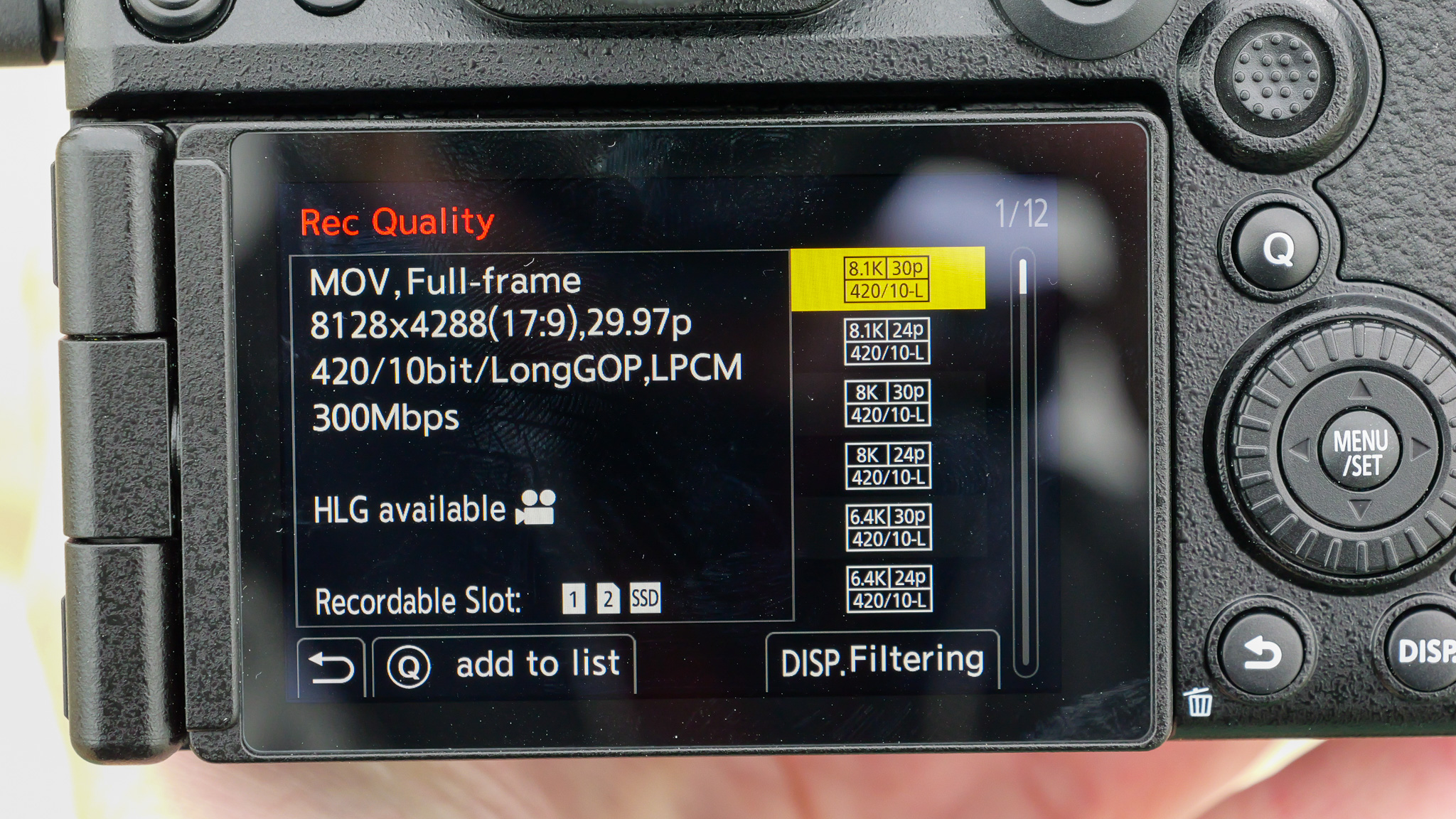
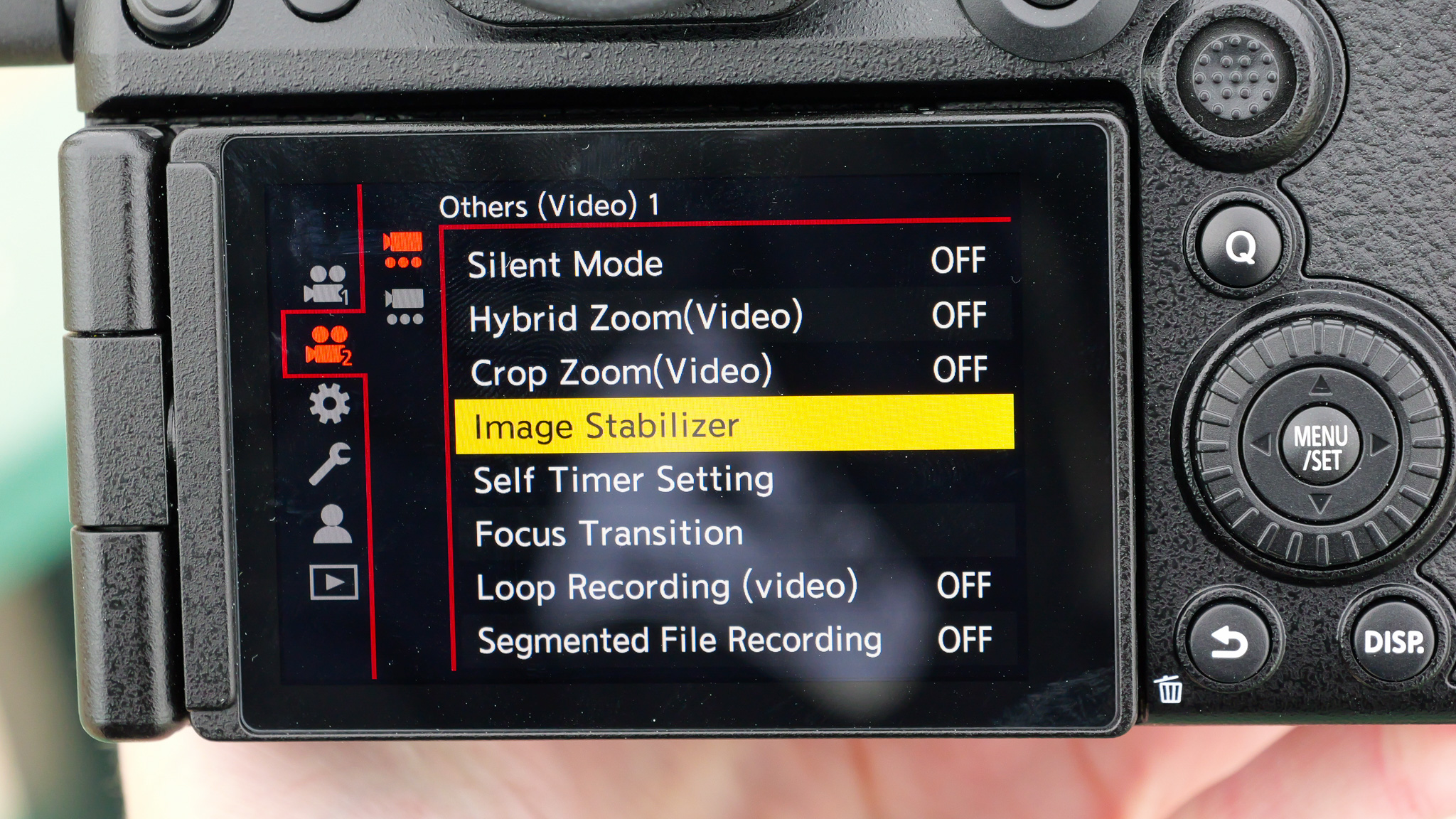
The on-screen UI, meanwhile, will be immediately familiar to anyone who has used a recent Lumix camera. The 3-inch screen itself is a pretty standard affair, able to tilt and swivel nicely in almost any direction, while the large, ultra-sharp OLED viewfinder is a highlight and a pleasure to hold your eye against.
Connectivity is solid. There’s a full-size HDMI plus USB-C, mic, headphone and wired remote sockets, now each with their own protective door. On the storage front, there’s a single SD card slot plus an additional slot for high-performance CFexpress Type B cards.
Finally, there are front and rear tally lamps to indicate when recording is active. That might seem like a basic feature and a must-have for a mirrorless camera with a big video focus, but so many cameras skimp on it that I’m pleased to see it here.
- Design and handling score: 5/5
Panasonic Lumix S1R II: features and performance
- Phase hybrid autofocus
- Dual I.S. 2 image stabilization
- 10fps / 40fps burst shooting
The S1R II comes with a number of performance improvements over its predecessor. First and possibly foremost is its phase hybrid autofocus system, which is faster, smoother and more accurate than the contrast-based system on the old model. It’s particularly great for video use, slickly keeping subjects in sharp focus without any of the hunting that was sometimes seen on older Lumix models. It can also identify and automatically track a variety of subjects, from humans to animals to motorcycles. I’ve tested it with humans and cats and it's never been less than effective and dependable.
The on-board image stabilization is Panasonic’s Dual I.S. 2 variety, combining sensor-shifting in-body and lens-based stabilization with user-configurable electronic stabilization tailored to specific shooting scenarios. Panasonic generally does stabilization particularly well and from my testing that seems to be the case here too, with vlogging and handheld video gaining an almost gimbal-like stability at the cost of a crop to the frame. Panasonic claims the system adds up to 8 stops of shutter speed compensation, as opposed to 5.5 stops on the original S1R. Numbers aside, I can say it's a very capable system that leaves the user more time to focus on the more important and enjoyable aspects of video or photo capture.
Shooting speed has likewise been given a boost. When using the mechanical shutter, it’s risen from 9fps to 10fps with AF-S and 6fps to 8fps with AF-C, while switching to electronic shutter now allows for 40fps bursts with AF-C. This speedy shooting works hand in glove with the new autofocus setup, allowing you to point and shoot at moving objects and rely on the camera to recognize, focus on and capture them in motion.
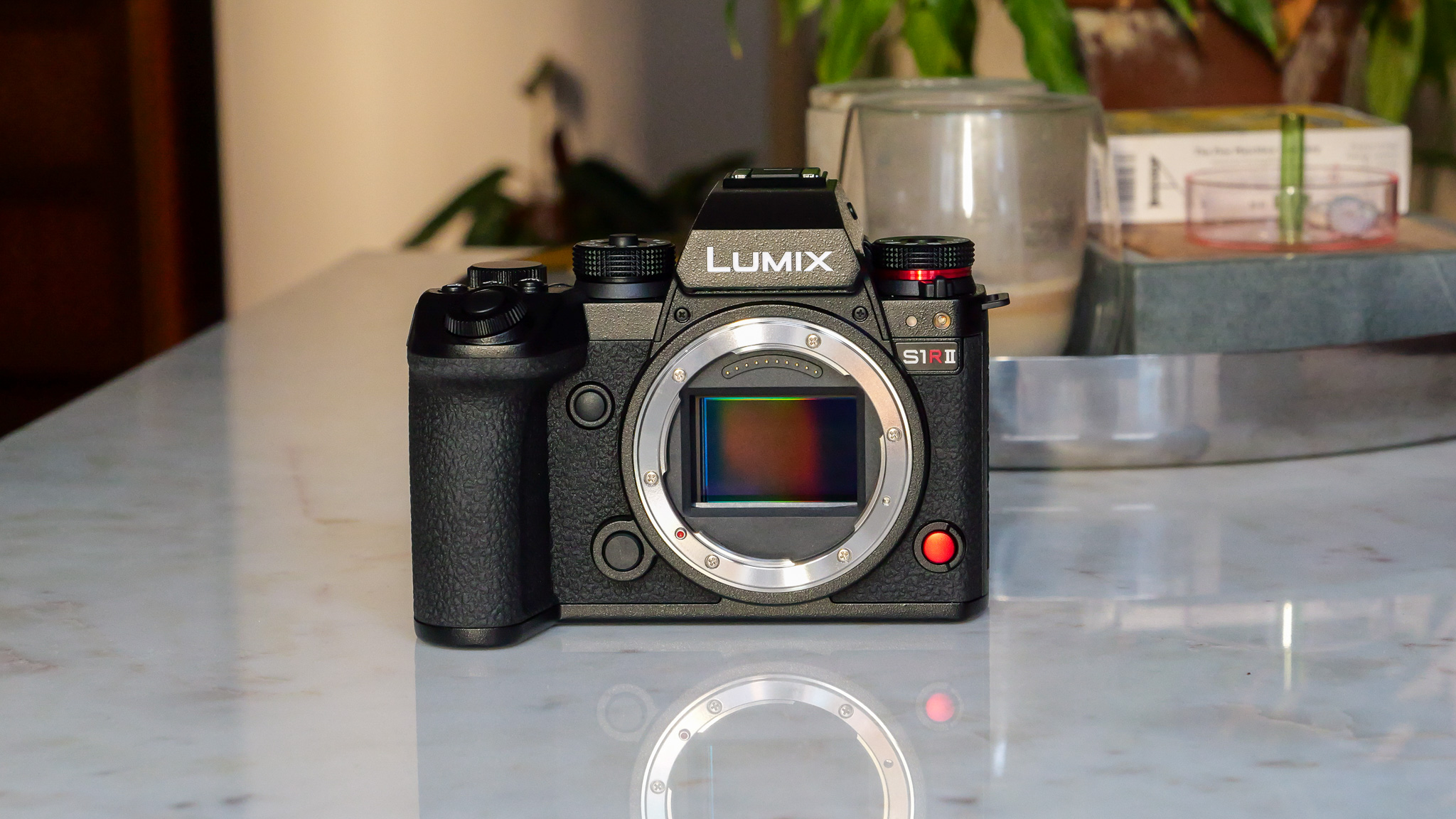
Bucking the trend for improvements, battery life is slightly worse than that of the S1R, but you can still expect around 350 images on a full charge – or over 1000 when using the Power Save LVF mode. From my own personal use, where I switched fairly often between photo and video capture, plus made frequent use of potentially power-sapping modes like high-speed stills shooting and high resolution, high frame rate video recording, I did notice the battery bars dropping pretty fast. I think it’s fair to say that power users may need to invest in a spare battery or two – although with in-camera charging and the ability to use the USB-C port as a power supply, there may be alternatives.
The S1R II appears to have some kind of active cooling system, with fan noise audible at times, but it will overheat when pushed to its performance limits during video capture. When left recording 8K footage at 30fps or 4K footage at 60fps, it overheated and shut itself down after about 20 minutes, requiring a few more minutes of downtime to cool off before it could begin again. Worth noting if you're somebody who needs to record long uninterrupted videos.
- Features and performance score: 4/5
Panasonic Lumix S1R II: image and video quality
- 44.3MP stills and 8K/30p video
- 177MP high-resolution mode
- 10-bit color depth and wide range of bitrates for various qualities / file sizes
The S1R II is the resolution king for Panasonic’s Lumix S range, and both photos and videos are extremely rich in detail and dynamic range.
Photos are captured at 44.3MP which, while marginally smaller than the 47.3MP images captured by the S1R, are more than sufficiently detailed for creating huge prints or heavy cropping. Pixel peepers have absolutely nothing to fear from the images here: I found them richly detailed even when zoomed right in, with smooth color gradation and superb dynamic range. I shot both in JPEG and RAW, processing the latter in Adobe Lightroom. The majority of the photos I've included in the gallery here were captured in RAW, but even JPEGs allow for a nice measure of post-production tweaking.

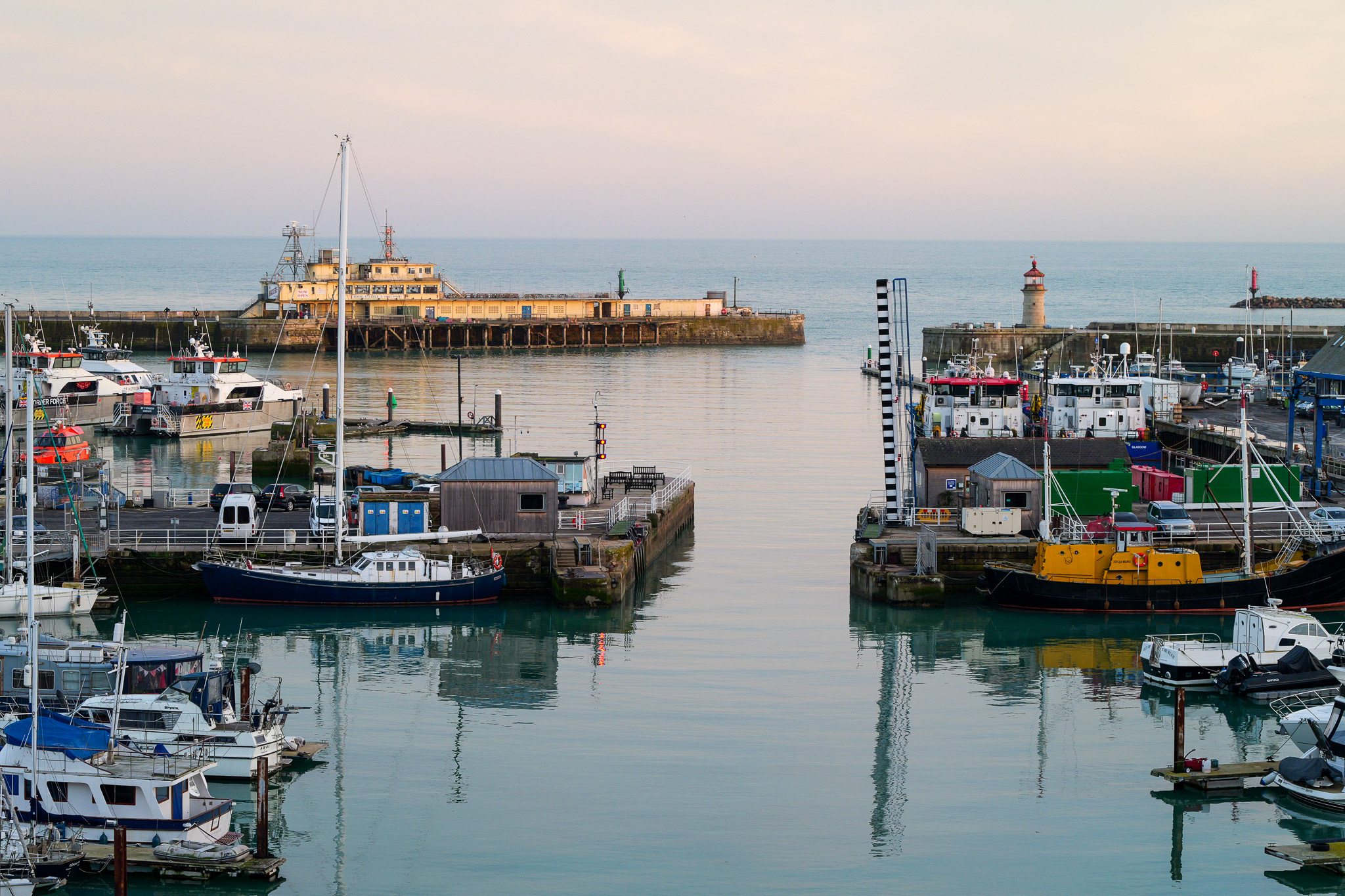

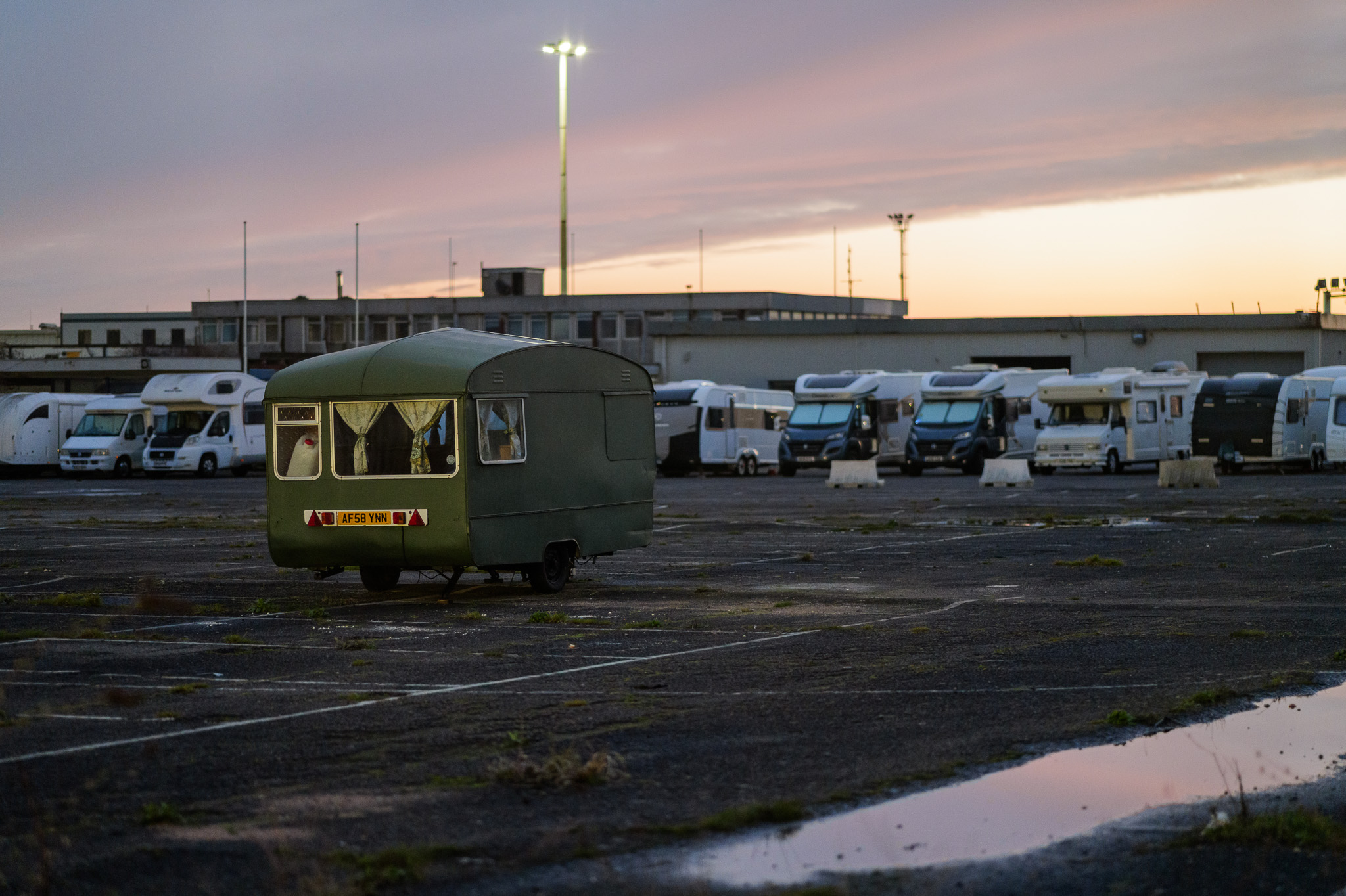
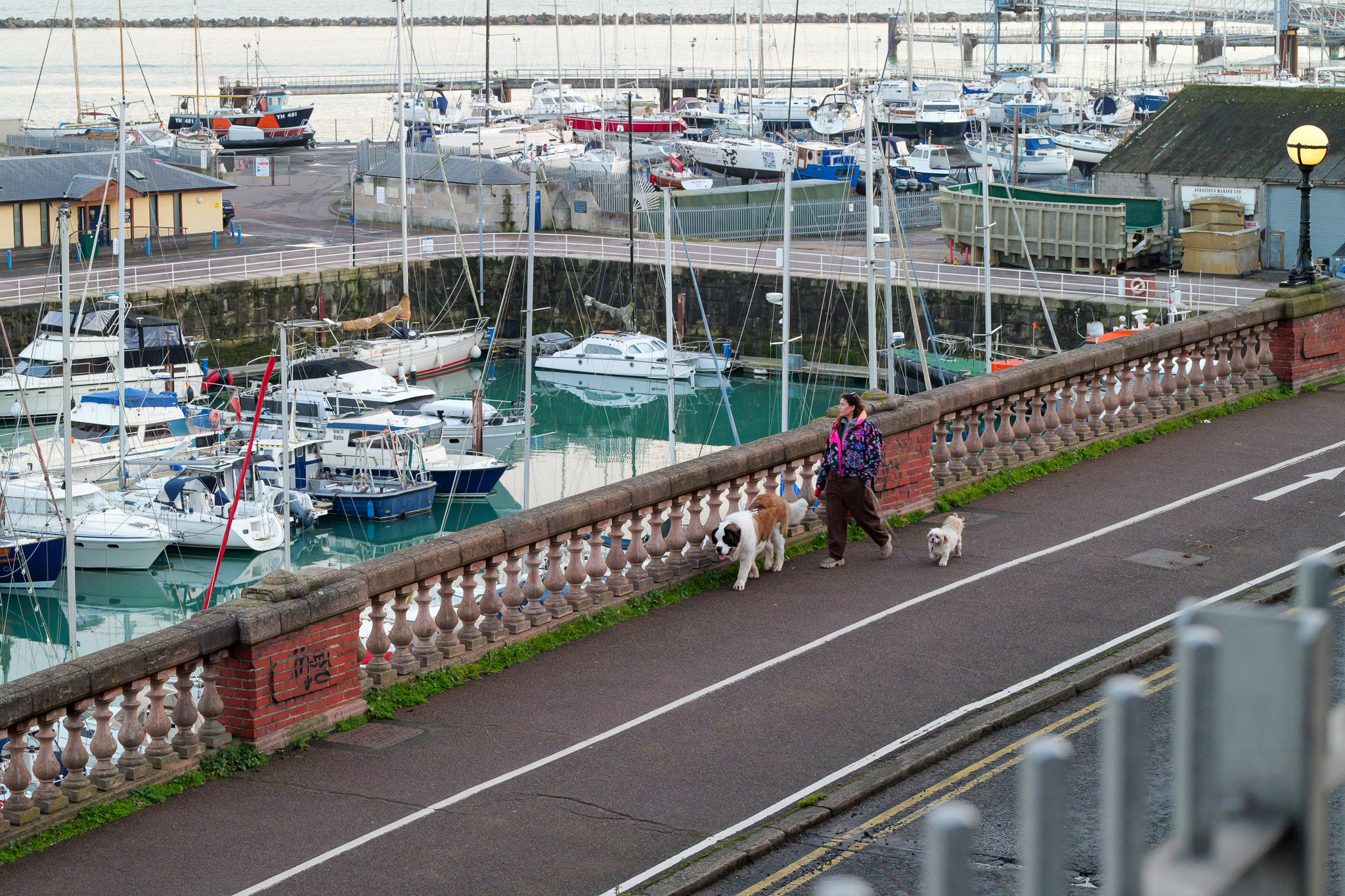

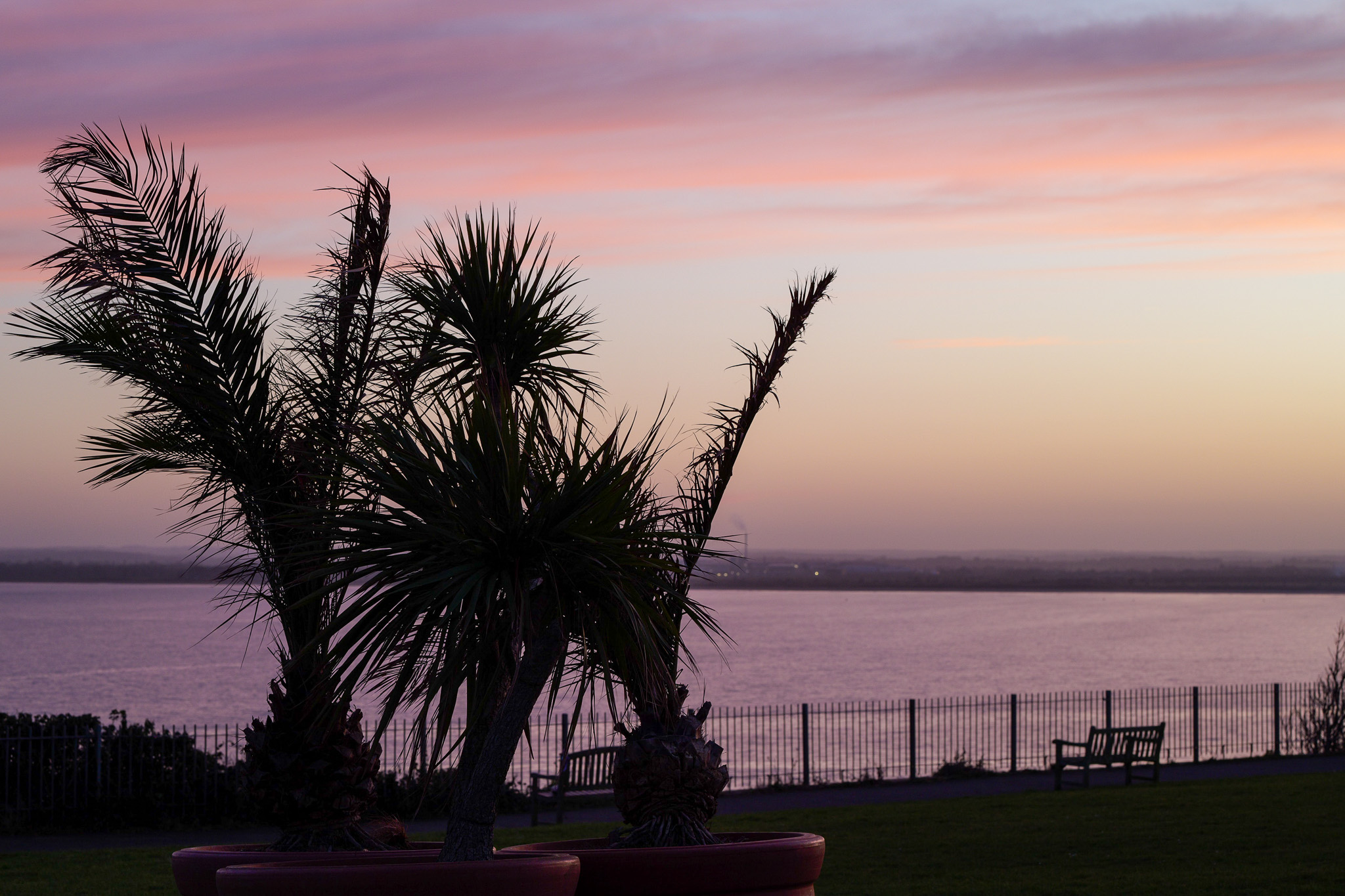




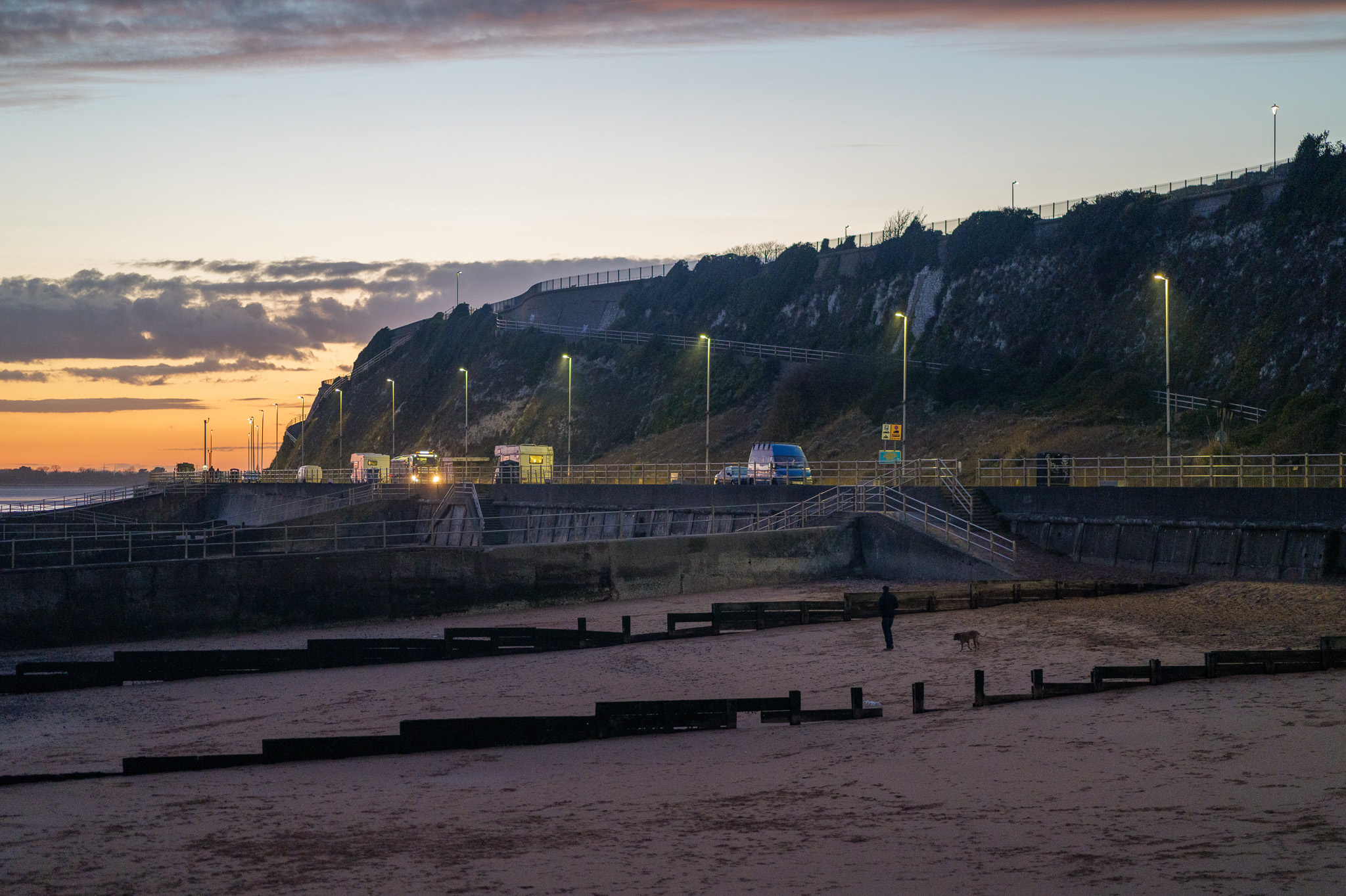
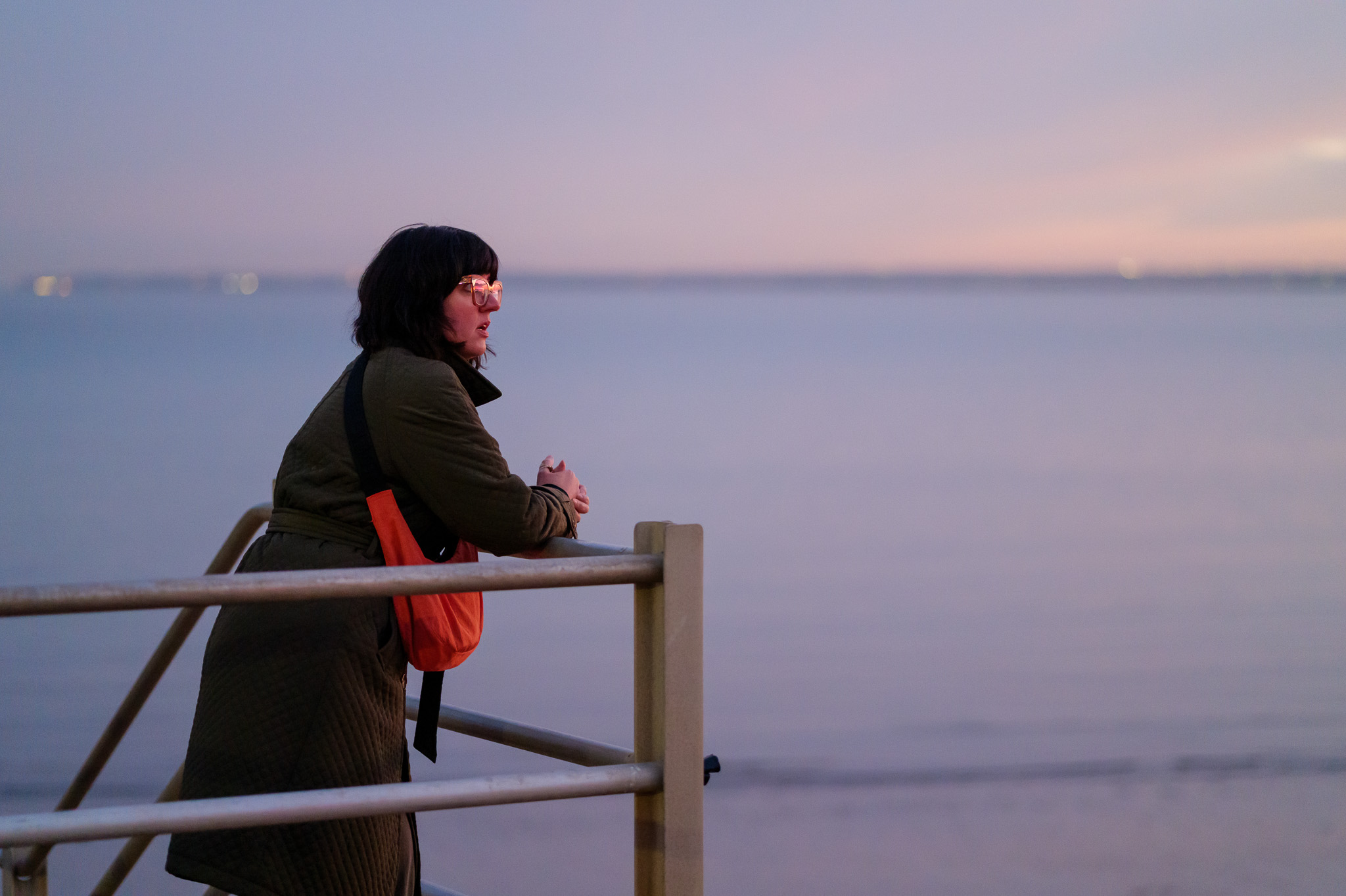
As you'd expect from a modern day full-frame camera, the S1R II is quite capable in low light situations, if perhaps not among the best performers in its class in that regard. Fit a fast prime on here and you could certainly use it as a discreet camera for nighttime street photography or similar.
As with the Lumix S1R, there's also the option to shoot a burst of images that the camera then combines into a single super high-resolution shot, which is here around 177MP. This can be even be achieved handheld, thanks to clever algorithms stitching the image together, and I found the results to be quite impressive. There's a lot more detail present when you zoom right into the images, and only the odd strange artefact (I noticed a seagull appearing multiple times) to signal that this isn't derived from a single exposure.
On the video front, the camera can record 8K footage at up to 30fps, as well as a variety of ‘lesser’ resolutions at higher frame rates. It has an Open Gate recording option, which uses the entire surface of the sensor and results in up to 6.4K video now – and 8.1K or 7.2K options being promised via a future firmware update later in 2025.
It also offers an option to record video in Apple ProRes RAW and RAW HQ formats at up to 5.8K internally, provided you use a CFexpress Type B card. Panasonic claims videos can exhibit up to 14 stops of dynamic range too.
I was very impressed by the camera's video capabilities. Not only does it offer a wide range of options to suit creators of all stripes, but it performs in an unfussy and dependable manner. The above vlogging video was captured in Panasonic's flat V-log color profile and corrected and graded in post-production, but the process took very little time and effort on my part. The base video I was able to capture from the camera was a great place to work from, and left me very happy with the results in terms of color and contrast.
Factor in the S1R II's excellent stabilization and autofocus and it's a very, very strong package for video creators.
- Image and video quality score: 5/5
Panasonic Lumix S1R II: testing scorecard
Attributes | Notes | Rating |
|---|---|---|
Price | Versus rivals, the Lumix S1R II is excellent value, but it's still a fair whack of anyone's money. | 4.5/5 |
Design | A serious camera for serious creatives who value function over style. | 5/5 |
Performance | Incredible image stabilization, middling battery life and burst shooting speed. | 4/5 |
Image and video quality | Bang for buck, you'll struggle to find better video quality from any hybrid camera, while photo quality is competitive too | 5/5 |
Should I buy the Panasonic Lumix S1R II?
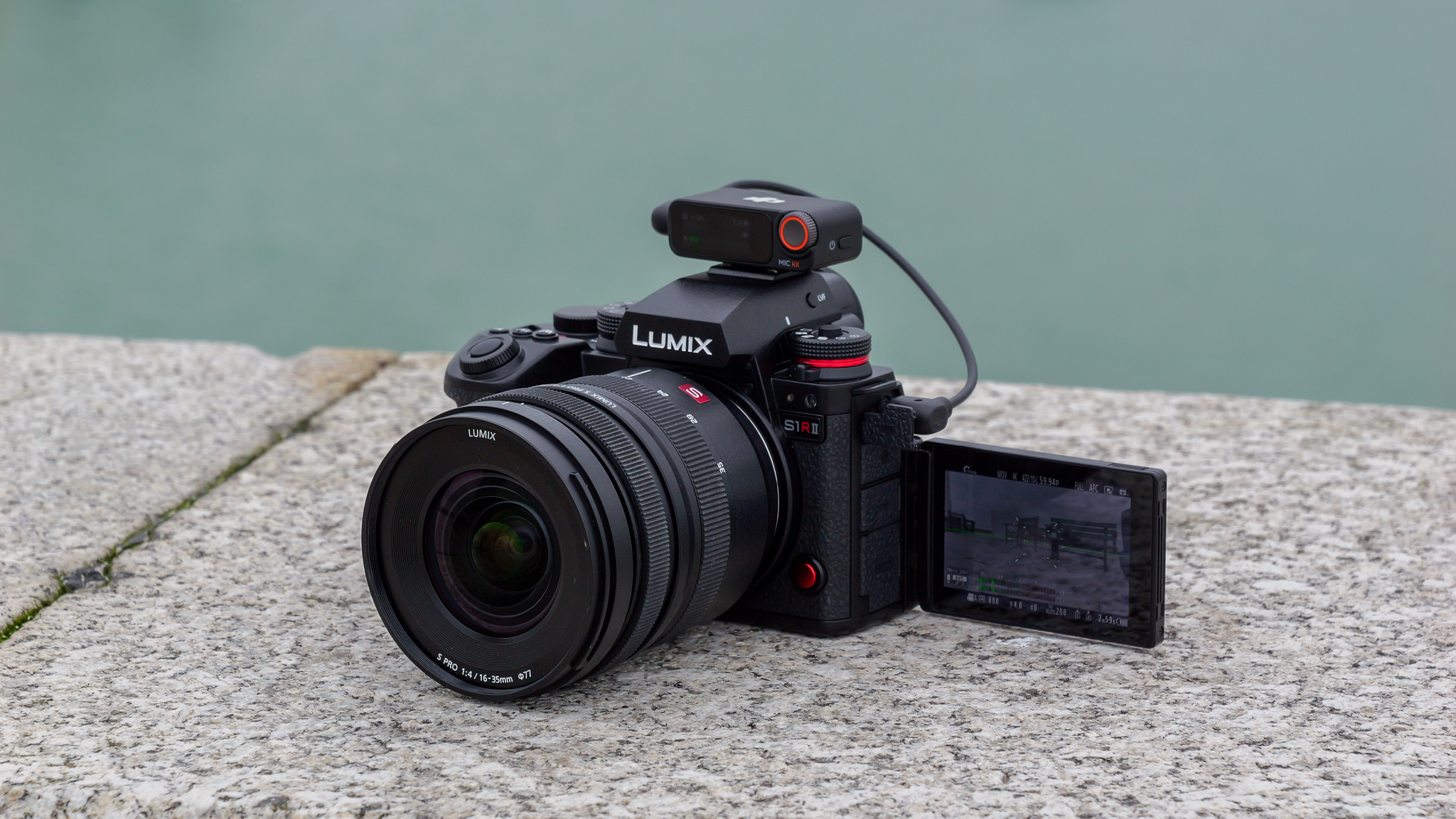
Buy it if...
You want a user-friendly flagship
The compact size, low weight and much improved autofocus make this a truly user-focussed flagship. Despite its capabilities and features, it’s a fairly portable camera that handles a lot of the hard stuff for you.
You’re serious about hi-res video
Beyond the headline-grabbing 8K recording, there’s also a 6.4K Open Gate option and various other higher-than-4K video modes available. If detailed video is important to you, the S1R II delivers.
You want a do-it-all device
With excellent photo and video skills, it doesn’t feel like the S1R II focusses on one to the detriment of the other. It’s a genuine hybrid camera that can handle all sorts of situations.
Don't buy it if...
You’re looking for a simple mirrorless model
The S1R II is an advanced and expensive flagship camera, offering many features that casual users will never need or use. If you’re just starting out on your mirrorless camera journey, pick something simpler and cheaper.
You need epic battery life
While the S1R II’s battery life isn’t terrible by any means, it’s not the best among flagship mirrorless cameras – and 8K video capture drains it fast. You might need to buy additional batteries or a portable power bank if you’re planning on a long weekend of shooting.
You need unlimited video recording times
Longer video clips at higher resolutions and frame rates not only drain battery life fast but overheat the S1R II. If you need to record uninterrupted, this isn't the camera for you.
Panasonic Lumix S1R II: also consider
The list price of the Nikon Z8 started life around 25% more than the Lumix S1R II's starting price, but Nikon's flagship is available for the same price at the time of writing. On paper, the two full-frame cameras share many similarities; 45MP (approx) stills and 8K video. If we were pushed to suggest one model, we'd say the Z8 for photography-first users, and the Lumix S1R II for serious video work. The truth is though, both are very capable hybrids.
Read our in-depth Nikon Z8 review
Those for whom the Lumix S1R II features are a little overkill should consider the Lumix S5 II. The cameras share practically the same design and handling, but the pricier Lumix S1R II is the resolution king, with 8K video and 44MP to the Lumix S5 II's 6K video and 24MP stills. You pay twice the price for twice the detail.
Read our in-depth Panasonic Lumix S5 II
How I tested the Panasonic Lumix S1R II
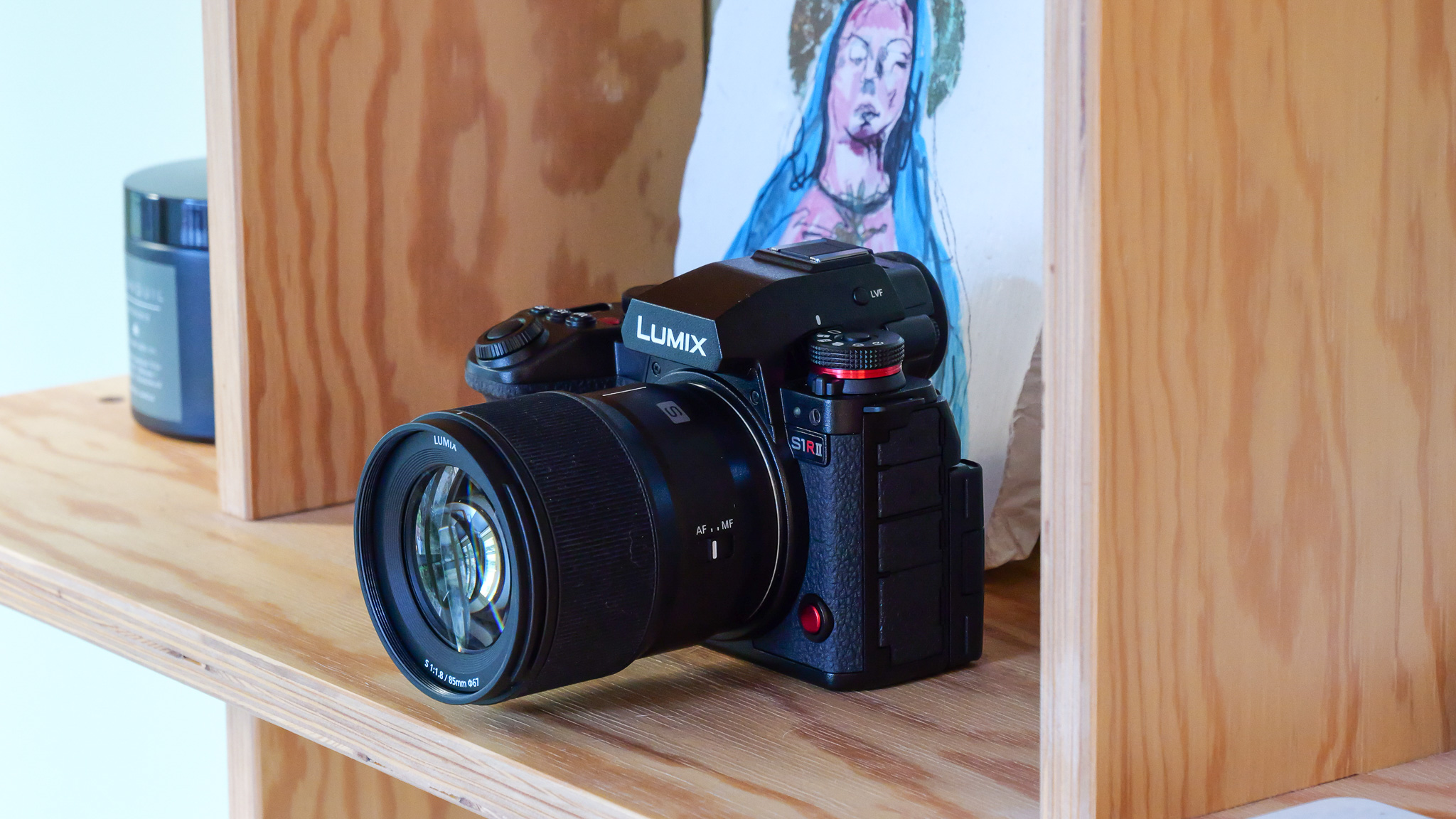
- Pre-production model with latest firmware
- Paired with wireless mic gear
- Vlogging and photography in a range of scenarios
Panasonic loaned me a pre-production model of the Lumix S1R II running the latest firmware (the firmware that will be on the retail units on launch day), plus two L-Mount lenses: a 16-35 f/4 zoom and an 85mm f/1.8 prime.
I've used the camera for vlogging, both testing its internal mics and pairing it with a DJI Mic 2 wireless mic kit. I've also taken lots of photos in different scenarios, including a sunset walk along the East Kent coast and a day trip to Canterbury.
First reviewed February 2025
Sam has been writing about tech and digital culture for over 20 years, starting off in video games journalism before branching out into the wonderful worlds of consumer electronics, streaming entertainment and photography. Over the years he has written for Wired, Stuff, GQ, T3, Trusted Reviews and PC Zone, and now lives on the Kent coast in the UK – the ideal place for a camera reviewer to ply their trade.
You must confirm your public display name before commenting
Please logout and then login again, you will then be prompted to enter your display name.
